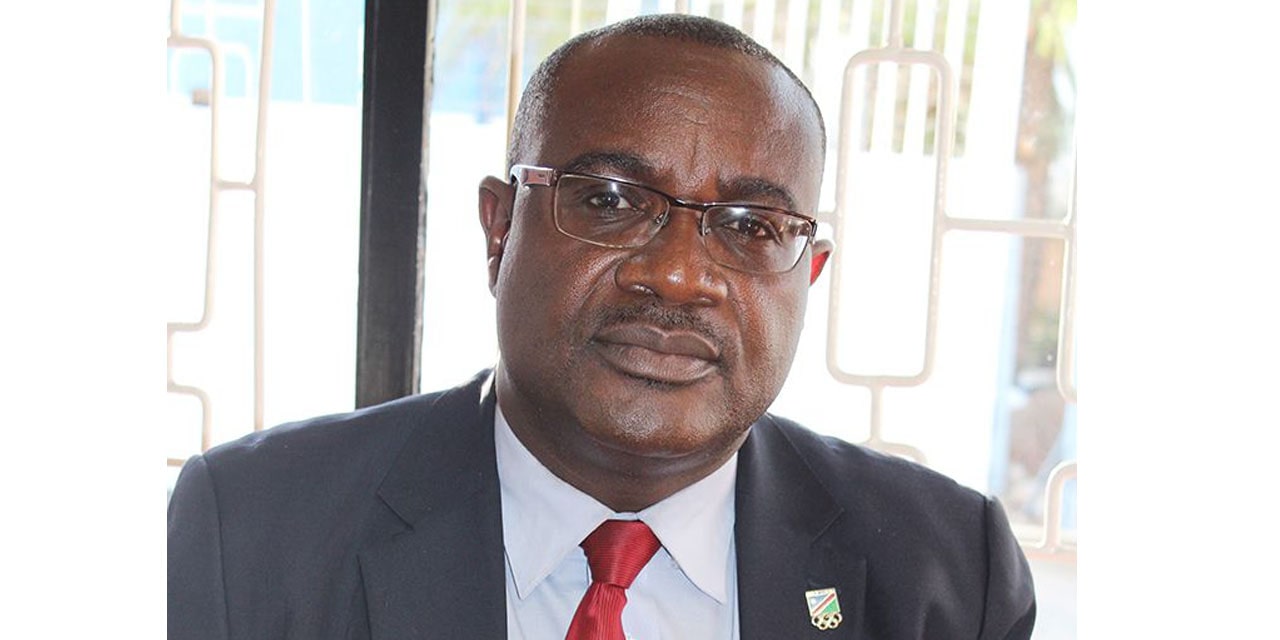Obrein Simasiku
The Ohangwena Region is in dire need of Intensive Care Units, as it struggles to provide standard health services to the satisfaction of its people.
Currently, the region transfers most of its patients to the Oshakati State Hospital. This situation, according to Governor Walde Ndevashiya, is further exacerbated by a shortage of transport, combined with an aging fleet of ambulance.
Ndevashiya said this during his State of the Region Address (SORA).
Ndevashiya added that a lack of accommodation for medical specialists at Engela District Hospital, is also hampering effective health service delivery in the region. “The Region relies heavily on Oshakati and Onandjokwe intermediate hospitals for referral of patients. Oshakati is approximately, 200 km from Okongo, 65kms from Engela and about 100km from Eenhana. Referral is done on daily basis for emergencies and weekly for appointment referrals or cold cases,” emphasised Ndevashiya.
“Ohangwena is not only vast, but it is also the second populous region in Namibia after Khomas Region. Therefore, people in Eenhana and Okongo Health Districts continue to walk long distances to access health care services. This has prompted the region to focus its plans on the construction of new health facilities in constituencies mostly affected such as Okongo, Oshikunde, Epembe, Omulonga and Eenhana, in order to shorten distances and provide equitable health services to the people. The regional priority, as per the planned projects is to construct 8 health facilities in the following localities; Okanaimbula, Ohamikoka, Ombudiya, Oshalumbu, Oshitishiwa-shaHaihonya, Onamahoka, Onambaladi, and Oluwaya,” said the governor as he reveals some of the planned remedial actions.
In total the region has 39 public health facilities and 144 outreach points, aided by numerous private doctors in Helao Nafidi, Eenhana and Okongo, as well as one fully fledged private hospital in Eenhana. Ohangwena has a population of 245 446.
“As part of the Regional Health Directorate’s commitments to provide primary health care, the erection of the following infrastructure commenced during the period under review and still in progress. – Construction of two Primary Health Care Clinics, Onanghulo and Onamafila in Ohangwena and Oshikunde Constituencies. While two more clinics are approved for construction at Elundu/Ohenghono and Oshuuli in Omundaungilo and Oshikunde Constituencies. The construction will start as soon as funds become available,” he added.
On the other hand, Ndevashiya said, the regional health management team reported a number of scabies cases, averaging between 400 and 800 treated at public health facilities across the Region. However, during the year under review, the number of cases exponentially increased between March 2021 and February 2022.
“A total number of 1815 cases were reported in 2021 while 4441 cases were reported between January and April 2022 alone, depicting an outbreak. To curb further scabies transmission, the Region received a stock of Benzyl Benzoate creams to treat all patients who fell victim to the infection,” he reiterated.
Furthermore, during the period under review, a total of 675 deaths were recorded in the Region, of which 167 were as a result of Covid-19, 1 from Malaria, 2 maternal deaths and 450 due to various other causes.
As of 20 June 2022, the region tested 28 354 people for Covid-19 of which 6 477 tested positive (22.84%) with nine cases hospitalised so far.
In terms of vaccination against COVID-19, 33 563 (19.23%) people have received the 1st dose, 19 415 (15.84%) people have received their 2nd dose, 27 590 people have been fully vaccinated (15.81) and 1 347 (0.78%) people have received the booster dose, Ndevashiya further revealed.
On a different note poor road infrastructures, limited access to potable water and slow pace of water infrastructure development, insufficient budgetary allocation for crop fields compensation which affect land delivery in urban areas, are listed by the governor as major setbacks.
Another challenge, he highlighted, is the issue of one gazetted entry point on a stretch of over 260 km along the Namibia-Angola common border, which he says forces people to enter and leave the country illegally using ungazetted entry points.




